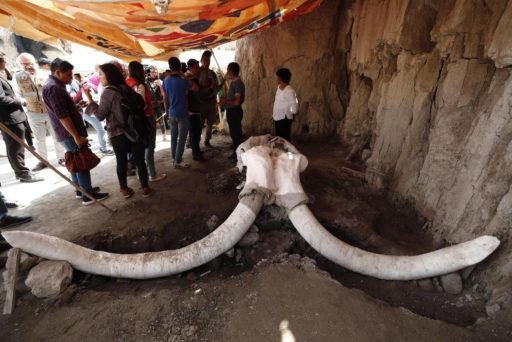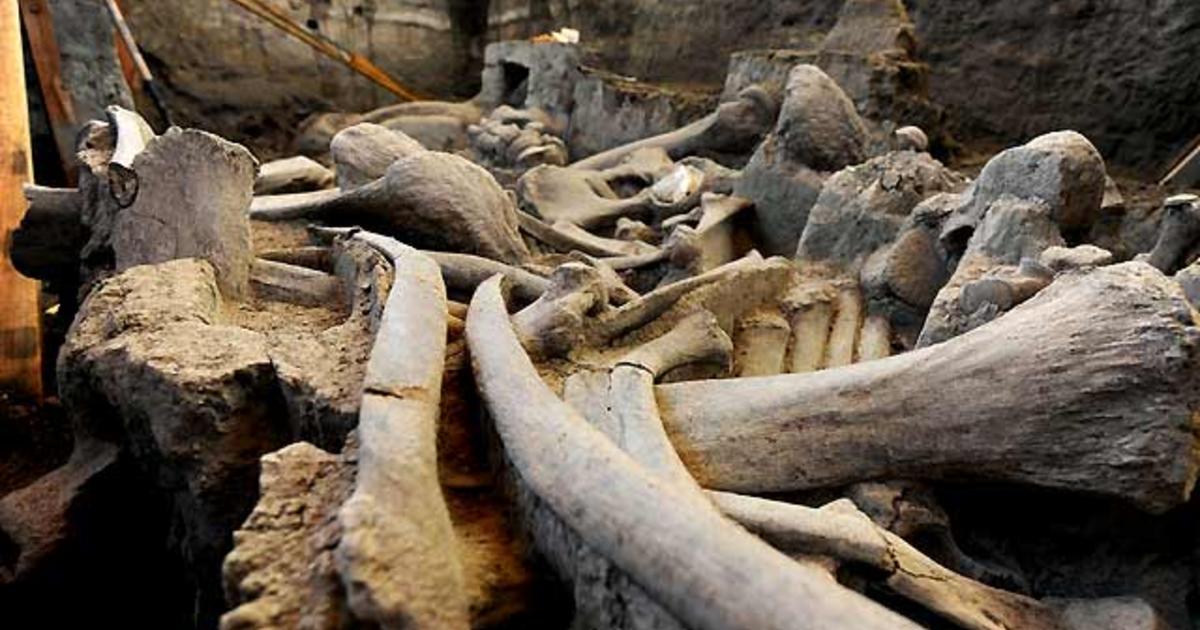The INAH publicized at a press conference that ancient traps comprising the remains of 14 mammoths had been discovered. The traps are at least 15,000 years old and were found in Toltepec, about 40 kilometers north of Mexico City. The discovery site, “Tultepec II,” had been excavated for ten months. Due to its massive amount of bone, archaeologists can now consider Tultepec II to be a “Mammoth Megasite”. Woolen mammoths, creatures resembling elephants that inhabited almost all continents, disappeared about 4,000 years ago. Many competing theories explain its disappearance, but perhaps a mixture of climate change, which has created unsustainable conditions for animals and eliminated a vegetarian diet, as well as the birth of humans in search of their meat and skin. If you are interested in traps outside Mexico, search for cheap flights to Cancun from Toronto.
Mammoth Traps
Prehistoric archaeologists believe they now have a better understanding of how hunter-gatherers track and kill mammoths in the Mexico Basin. Groups of about 20 to 30 hunters scare a giant from the rest of their packaging and trap it with the torch. Once the animal is trapped, it will be killed and eaten, and most parts of its body will be used for something. There was a huge skeleton in the pack, which, according to archaeologists, should be treated with particular respect. He had several signs of injury, which led investigators to believe that these mammoths were hunted several times over time. When the hunters finally discovered him, they considered him brave and fierce and showed respect by exposing his bones in a formal arrangement.

Archaeologists have discovered a large treasure trove of giant skeletons north of Mexico City, perhaps shedding new light on the hunting habits of prehistoric societies. Researchers at the National Institute of Anthropology and Mexican History say they have discovered what could be the first artificial traps to hunt the Pleistocene. The finding marks a significant turning point in researchers’ understanding of the relationship between hunter gangs and mammoth collectors, Pedro Francisco Sanchez Nava, the institute’s national archeology coordinator. The bones of almost fourteen mammoths were found in two huge pits of 80 feet long and five and a half feet deep, and may have been excavated about 15,000 years ago, in Toltepec, where the landfill was planned.

More than 800 bones were discovered while the city was building a landfill. Earlier, there was little evidence that fishers deliberately attacked mammoths, according to the institute’s archeology, Luis Cordoba Paradas, told reporters Wednesday. Cordoba said the hunters might have traveled in groups of about 20 to 30 people and used torches and branches to force the animals to reach the traps. He said it was possible to build a series of traps to increase opportunities for catching prey, and that others could be discovered.
Scientists recently discussed plans to revive elephant-like animals through genetic engineering. So what are you waiting for, book cheap flights to Cancun from Toronto now and spend the best time of your life in Mexico